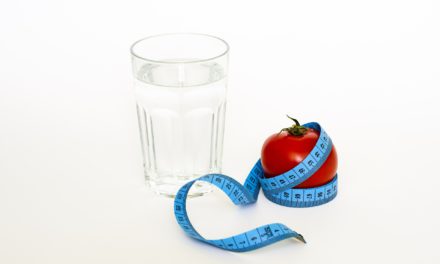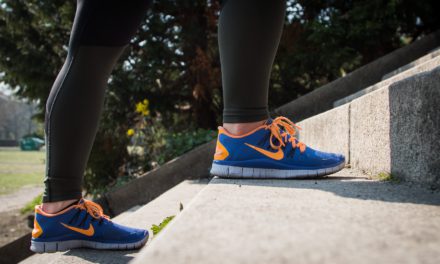Test your blood sugar more often. This is particularly important during special occasions, when meals are abnormal and you may be off your normal routine.
- “Test – Don’t guess!” At some point, many of us have probably said, “I feel fine – I really don’t need to test right now.”
- If you are an insulin user, testing two hours after a meal is a great way to ensure that you bolused appropriately.
Keep in mind that high-fat meals can raise blood sugar and increase insulin requirements. In a fascinating 2013 study, Dr. Howard Wolpert and colleagues compared high-fat and low-fat dinners in seven people with type 1 diabetes. Patients underwent 18 hours of closed-loop, automated glucose control after each meal. The high-fat dinner required 40% more insulin vs. the low-fat dinner, and despite the higher dose, the high fat dinner also caused more hyperglycemia.
- Watch your fat intake at large meals. This is easier said than done, as large amounts of fat can hide in unexpected places like sauces and creams. When eating out, I always ask for sauces on the side and try to order things for which I can very predictably dose insulin.
- Try some light exercise after a high-fat meal to help counteract the insulin resistance.
- If you wear an insulin pump and will be eating a high fat meal, you can try a dual-wave/combo/extended bolus, which will deliver the insulin bolus over an extended period of time and help counteract the steady rise in blood glucose. I often find that these are hard to get right, so instead, I typically increase my basal rate (e.g., 130%) for a few hours after eating a high fat meal.
Even a few minutes of exercise is beneficial! When things are really busy or conditions aren’t cooperating (e.g., two-feet of snow on the roads), it’s easy to abandon your exercise routine altogether. Don’t fall into that trap – I’ve found that even ten minutes or less of exercise can have a really positive impact on my mood, energy levels, and blood glucose.
- Go for a walk.
- Try this seven-minute workout, which made a splash in the media earlier this year. The 12 exercises are each performed for 30 seconds, with 10 seconds of transition time between each. The circuit can be repeated two to three times. I have found the 7-minute workout app to be really useful (Apple and Android).
- Use smartphone apps that guide you through simple indoor workouts that don’t need any equipment.
- Try the highly time efficient Tabata protocol – 20 seconds on, 10 seconds resting, repeated eight times (four minutes total). Choose a single exercise or alternate between two exercises. Try jumping jacks, pushups, bodyweight squats, planks, lunges, or whatever you prefer (or buy a resistance band to expand your options).
- Don’t expect perfection and keep a positive attitude.Even with all the knowledge and experience in the world, remember that you will still make mistakes – and that’s okay!
Credits:
Excerpt from Adam Brown
Image by Juuucy from Pixabay









